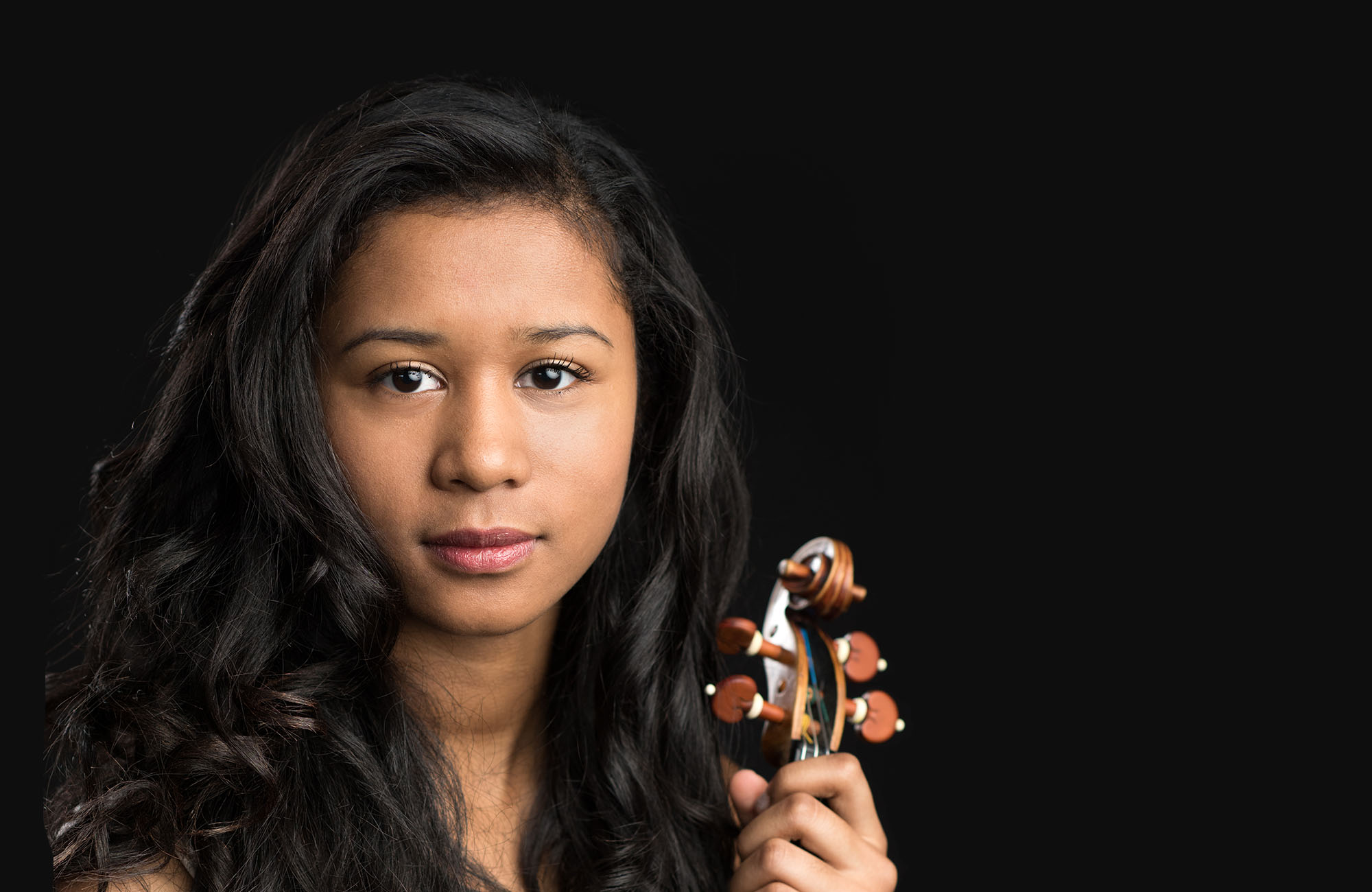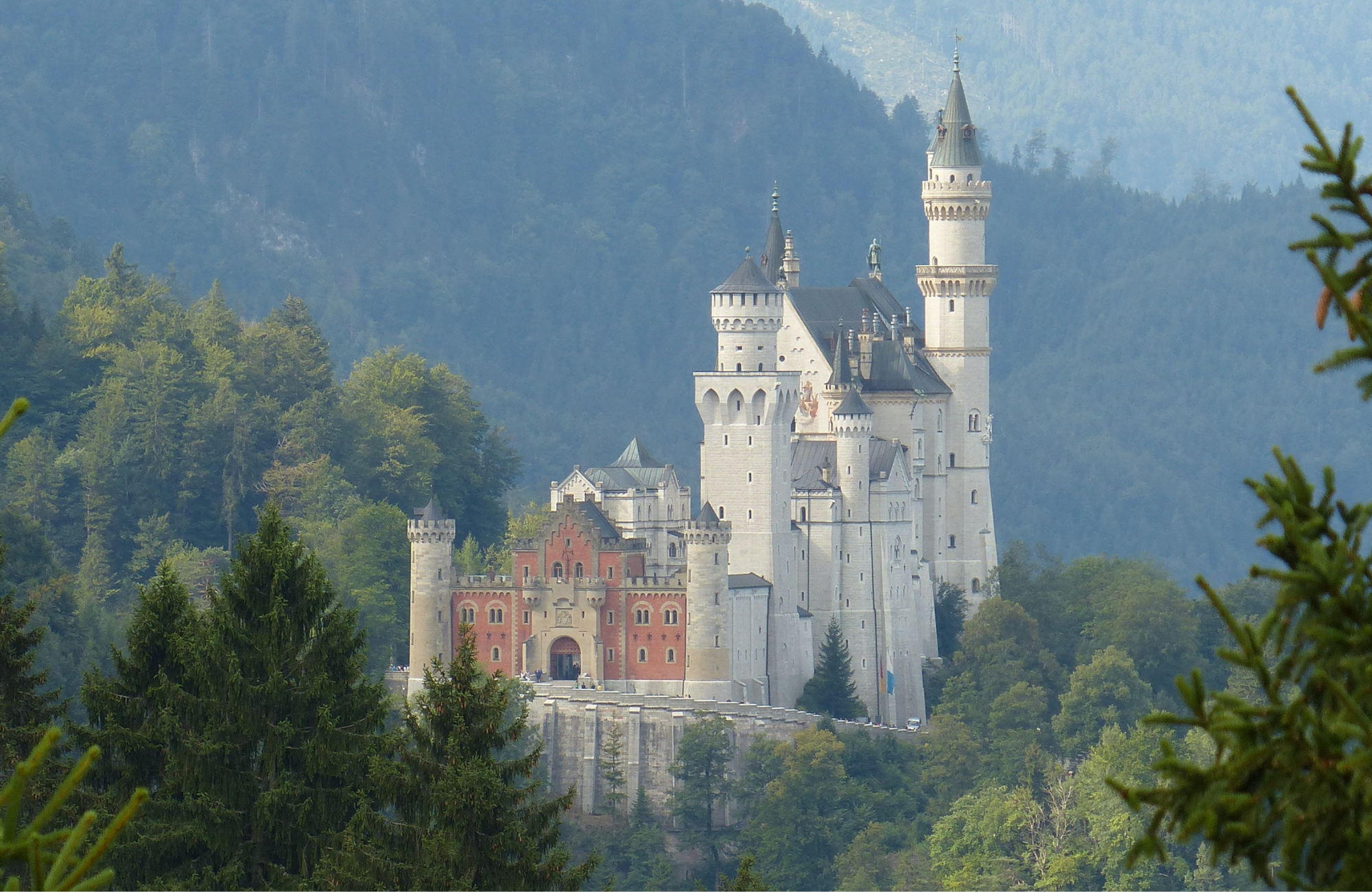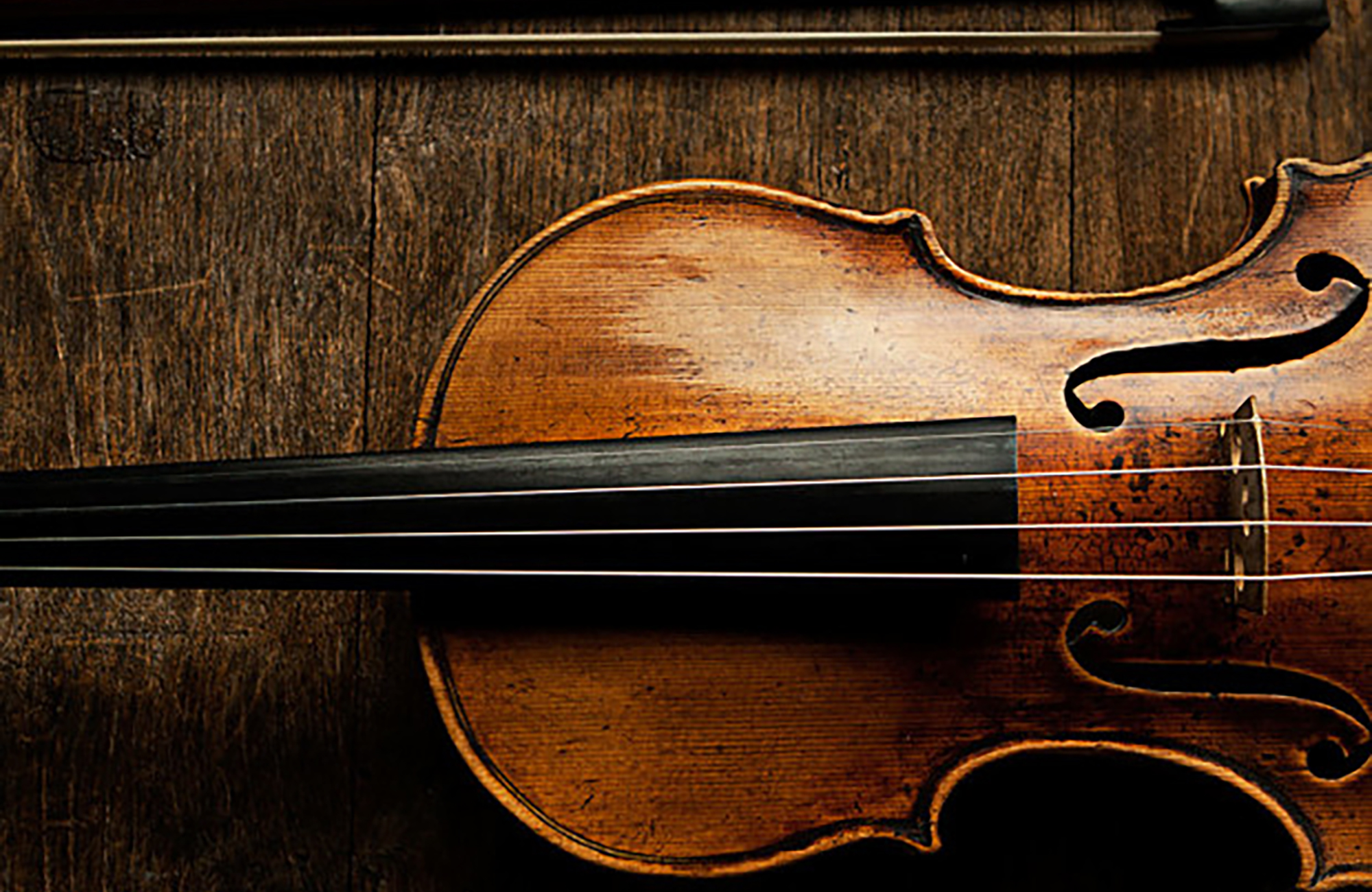It’s Toujours Paris! for this lovely afternoon concert of works relating to the City of Lights! With works by Mozart and Haydn, The Violin Concerto No. 1 of Chevalier St. Georges completes this salon de musique.
PROGRAM
MOZART: Symphony No.31 in D major, K.297 (300a) (Paris)
SAINT-GEORGES: Violin Concerto No.1 in G major
HAYDN: Symphony No.82 in C major (L’ours; The Bear)
PROGRAM NOTES
For centuries, Paris has been a magnet for artists, and this afternoon’s concert features orchestral works by three non-French composers who were drawn to the City of Light in the eighteenth century. We begin with Wolfgang Amadeus Mozart (1756–1791).
Years after initial visits as a youthful prodigy, Mozart was again attracted to Paris—one city on a long European tour from 1777–1779—in the hopes of finding employment away from his stultifying home town of Salzburg. The Paris stop was a low point in Mozart’s career, for reasons both personal (his mother, traveling with him, died while ...
For centuries, Paris has been a magnet for artists, and this afternoon’s concert features orchestral works by three non-French composers who were drawn to the City of Light in the eighteenth century. We begin with Wolfgang Amadeus Mozart (1756–1791).
Years after initial visits as a youthful prodigy, Mozart was again attracted to Paris—one city on a long European tour from 1777–1779—in the hopes of finding employment away from his stultifying home town of Salzburg. The Paris stop was a low point in Mozart’s career, for reasons both personal (his mother, traveling with him, died while there) and professional (the employment possibilities did not materialize). Still, he wrote some of his great early works in Paris, including the Symphony No. 31, which took advantage of the opportunity to write for what was, at the time, a fairly large and accomplished orchestra (this was his first symphony with clarinets).
The symphony was written with Parisian taste in mind. It was, for instance, in three movements rather than four (as had increasingly become his norm), and orchestral brilliance took priority over counterpoint and complex thematic development. Mozart took on this idiom with full confidence—but also, due to his disdain for the French, with a subtle vein of irony. For instance, French style demanded that Allegro movements open with what was known as the premier coup d’archet—a loud tutti passage, often in unison. He followed that tradition to launch the first movement, but pulled the rug out from under his listeners in the finale, which begins with eight measures of hushed contrapuntal music on just the violins—followed by an unexpected forte smack from the whole orchestra. No one, however, was offended by the challenge to decorum. In fact, the effect won over the first audience so completely that they applauded mid-movement (concert decorum was different in those days). Mozart, by the way, wrote two exceptionally elegant Andantes for this symphony. It’s not entirely clear which was the original; tonight, we’ll be hearing the one in 6/8.
Joseph Bologne, Chevalier de Saint-Georges (1745–1799) came to Paris well before Mozart did, in 1753. The illegitimate son of a Guadeloupe planter and his slave, he defied cultural conventions, achieving astounding success and moving in the highest social circles. It would have been enough had he just been a military leader, a political revolutionary, an abolitionist, and one of Europe’s greatest fencers. But he was also one of the foremost musicians of his age, a dazzling violin virtuoso and a composer of symphonies, chamber music, and at least six operas (mostly lost)—including one with a text by Pierre Choderlos de Laclos, author of Dangerous Liaisons. Saint-Georges also wrote around a dozen violin concertos (there’s some dispute about the exact number), which of course were calculated to show off his own expertise.
Today, we hear the Violin Concerto No. 1 in G, op. 2/1, composed in 1773. There’s a good chance you’ve never heard it, since after his death, Saint-Georges’s works were largely forgotten—a familiar occurrence amplified, in his case, by racial prejudice. Over the past few years, however, his works have returned to the spotlight and his genius has been recognized again, giving us the paradoxical situation of encountering first-rate old works that are still new for audiences and performers. Today’s soloist, Hannah White, for instance, is performing it for the first time this afternoon. She has found it “a wonderful experience learning and exploring this musical gem,” and she “can’t wait for the absolute privilege of playing it with Symphoria.”
In a sense, what Hannah calls this “elegant, joyful” concerto is a far cry from the knottier works that are her favorites, the Brahms and the Sibelius. If you listen carelessly, in fact, Saint-Georges’s might seem similar in spirit to the light, untroubling violin concertos Mozart wrote two years later. While the music is untroubling for the audience, however, it’s not so for the soloist. Indeed, says Hannah, her “surprisingly virtuosic” part is even more difficult than the notoriously treacherous ones in the Brahms and Sibelius. Why? She calls the concerto “leapy,” for reasons that will be clear when you hear it; and because of the wide jumps that give it its special character, “it doesn’t fit in the hand quite like they do.”
What should you look out for? It’s a delightful work from beginning to end, but it’s also a “profoundly beautiful” one. Hannah points in particular to a passage in the middle of the first movement, where it goes into the minor, giving her a chance to bring out her romantic tendencies. You will also enjoy the sweetness of the slow movement, richly ornamented in a way that never chokes off the music’s melodic beauty.
Haydn was also drawn to Paris—in his case, though, the draw was less the attractions of the city itself than the inducement of the Chevalier de Saint-Georges. For aside from everything else, Saint-Georges was a conductor, too, heading up Le Concert des Amateurs and its successor Le Concert de la Loge Olympique, arguably the top Parisian orchestras of the day. And in that capacity, with the support of Count D’Ogny, in the mid-1780s he commissioned six symphonies from Franz Joseph Haydn (1732–1809), at the time arguably Europe’s most sought-after composer. The Symphony No. 82 (1786) is the first of the six in the standard numerical catalog of Haydn’s works, but actually the last of the set to be composed. Haydn, like Mozart, made the most of the resources available to him, and the symphony has all the vivacity and good humor that Saint-Georges and D’Ogny expected from him. Especially memorable is the drone-based music that laces the finale. Reminiscent of the music that traditionally accompanied dancing bears, it eventually led the symphony to take on the nickname “The Bear.”
Peter J. Rabinowitz
Have any comments or questions? Please write to me at prabinowitz@ExperienceSymphoria.org
FEATURED ARTISTS
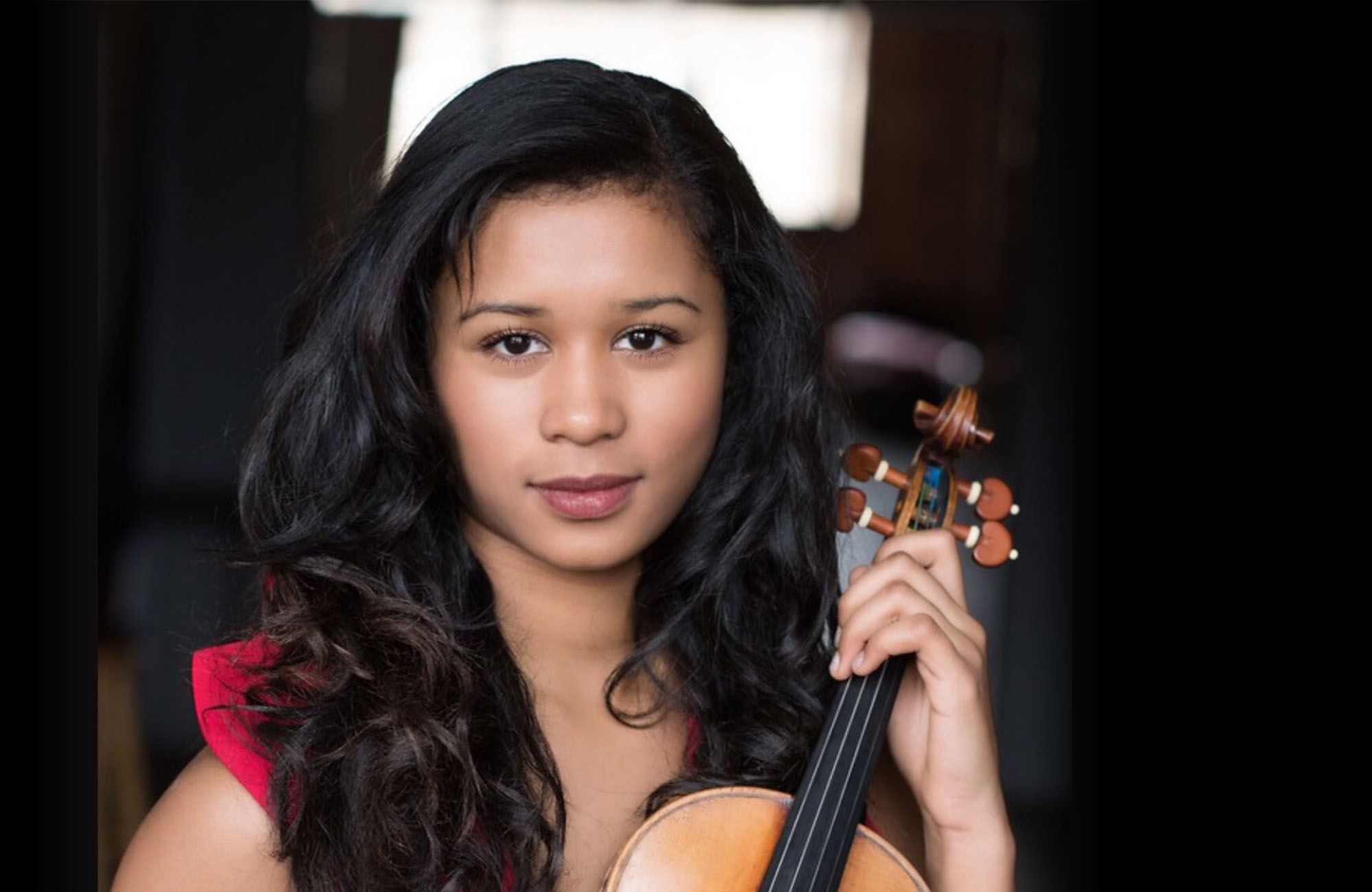
Violinist Hannah White has soloed extensively throughout the United States and Europe. Hannah has been described by The New York Times as, “terrific… expressive… enthusiastic”, and NY Concert Review wrote “phenomenal…blaze… commanded … perfect intonation and flair”, and Cleveland.com as “clinched her Severance Hall debut…razor-sharp… future is ...
Violinist Hannah White has soloed extensively throughout the United States and Europe. Hannah has been described by The New York Times as, “terrific… expressive… enthusiastic”, and NY Concert Review wrote “phenomenal…blaze… commanded … perfect intonation and flair”, and Cleveland.com as “clinched her Severance Hall debut…razor-sharp… future is bright”.
Hannah began her solo career at age nine with Milwaukee Symphony Orchestra, and since then performed with Cleveland Symphony Orchestra, New World Symphony Orchestra, Albany Symphony Orchestra, South Bend Symphony Orchestra, Ann Arbor Symphony Orchestra, Buffalo Philharmonic Orchestra, Sphinx Symphony Orchestra, and Madison Symphony Orchestra among others. She has performed at numerous prestigious venues including: Carnegie Hall, Severance Hall, Kennedy Center, Rock and Roll hall of fame, Ordway Center, Harris Theater, New World Center, Disneyland, National Gallery of Art Museum, and Aspen Summer Camp. She has performed in England, Ireland, Scotland, and Switzerland. Recently, Hannah performed at the World Economic Forum in front of world leaders and business leaders.
Hannah has earned First Prize at dozens of competitions for solo and chamber at the local, national and international level.
Hannah has been admitted into the renowned studio of Robert Lipsett, with whom she presently studies at the Colburn Conservatory of Music.
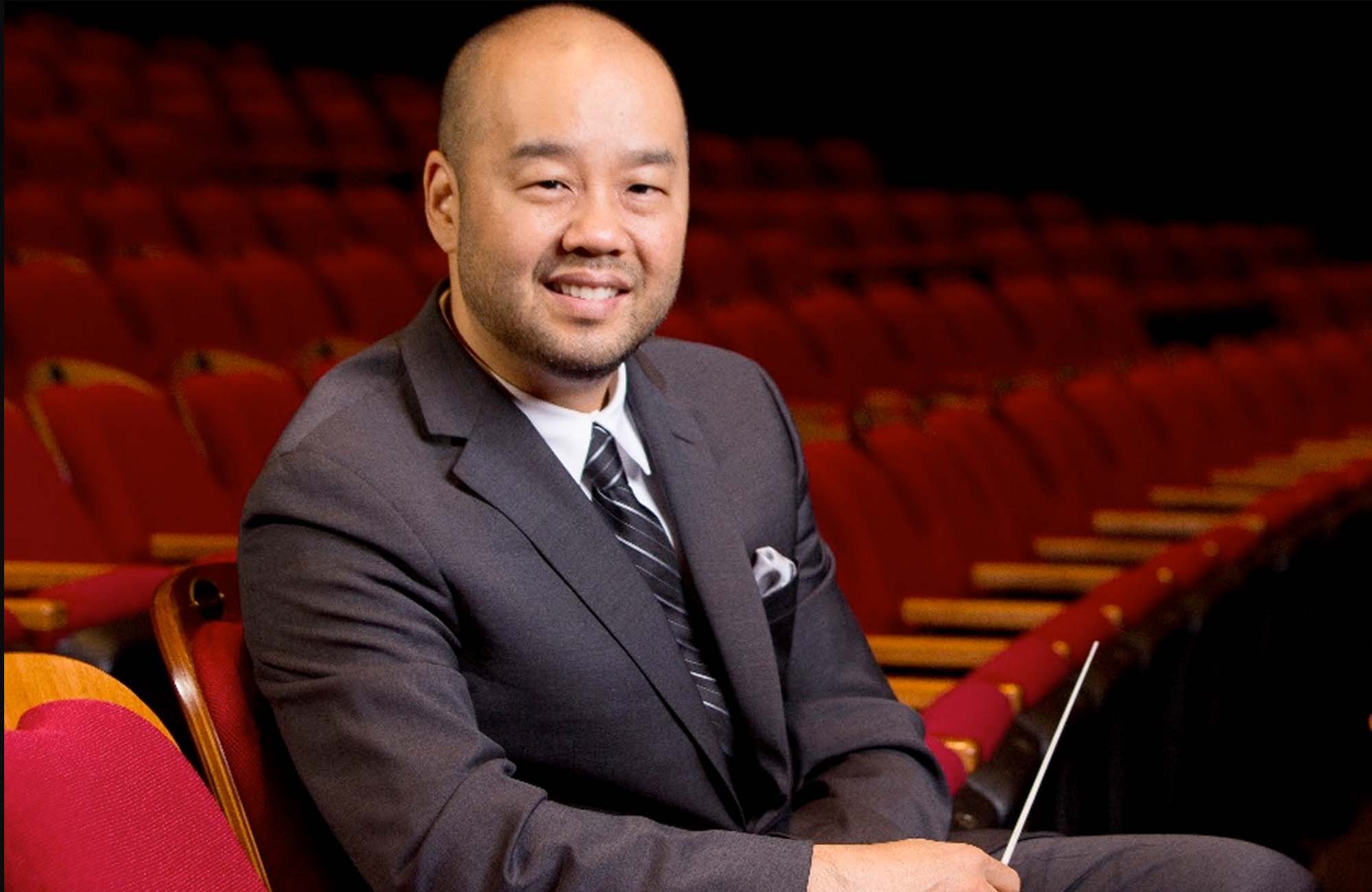
Described as bringing an “artisan storyteller’s sensitivity… shaping passages with clarity and power via beautifully sculpted dynamics… revealing orchestral character not seen or heard before” (Arts Knoxville) Lawrence Loh enjoys a dynamic career as a conductor of orchestras all over the world.
After an extensive two ...
Described as bringing an “artisan storyteller’s sensitivity… shaping passages with clarity and power via beautifully sculpted dynamics… revealing orchestral character not seen or heard before” (Arts Knoxville) Lawrence Loh enjoys a dynamic career as a conductor of orchestras all over the world.
After an extensive two year search, Lawrence Loh was recently named Music Director of the Waco Symphony Orchestra beginning in the Spring of 2024. Since 2015, he has served as Music Director of The Syracuse Orchestra (formerly called Symphoria), the successor to the Syracuse Symphony Orchestra. “The connection between the organization and its audience is one of the qualities that’s come to define Syracuse’s symphony as it wraps up its 10th season, a milestone that might have seemed impossible at the beginning,” (Syracuse.com) The Syracuse Orchestra and Lawrence Loh show that it is possible to create a “new, more sustainable artistic institution from the ground up.”
Appointed Assistant Conductor of the Pittsburgh Symphony in 2005, Mr Loh was quickly promoted to Associate and Resident Conductor within the first three years of working with the PSO. Always a favorite among Pittsburgh audiences, Loh returns frequently to his adopted city to conduct the PSO in a variety of concerts. Mr. Loh previously served as Music Director of the West Virginia Symphony Orchestra, Music Director of the Northeastern Pennsylvania Philharmonic, Artistic Director and Principal Conductor of the Syracuse Opera, Music Director of the Pittsburgh Youth Symphony Orchestra, Associate Conductor of the Dallas Symphony Orchestra, Associate Conductor of the Colorado Symphony Orchestra and Music Director of the Denver Young Artists Orchestra.
Mr. Loh’s recent guest conducting engagements include the San Francisco Symphony, Dallas Symphony, North Carolina Symphony, Baltimore Symphony, Sarasota Orchestra, Florida Orchestra, Pensacola Symphony, Atlanta Symphony, National Symphony, Detroit Symphony, San Diego Symphony, Seattle Symphony, National Symphony (D.C.), Utah Symphony, Rochester Philharmonic, Indianapolis Symphony, Calgary Philharmonic, Buffalo Philharmonic, Albany Symphony and the Cathedral Choral Society at the Washington National Cathedral. His summer appearances include the festivals of Grant Park, Boston University Tanglewood Institute, Tanglewood with the Boston Pops, Chautauqua, Sun Valley, Shippensburg, Bravo Vail Valley, the Kinhaven Music School and the Performing Arts Institute (PA).
As a self-described “Star Wars geek” and film music enthusiast, Loh has conducted numerous sold-out John Williams and film music tribute concerts. Part of his appeal is his ability to serve as both host and conductor. “It is his enthusiasm for Williams’ music and the films for which it was written that is Loh’s great strength in this program. A fan’s enthusiasm drives his performances in broad strokes and details and fills his speaking to the audience with irresistible appeal. He used no cue cards. One felt he could speak at filibuster length on Williams’ music.” (Pittsburgh Tribune)
Mr Loh has assisted John Williams on multiple occasions and has worked with a wide range of pops artists from Chris Botti and Ann Hampton Callaway to Jason Alexander and Idina Menzel. As one of the most requested conductors for conducting Films in Concert, Loh has led Black Panther, Star Wars (Episodes 4-6), Jaws, Nightmare Before Christmas, Jurassic Park, Casablanca, The Wizard of Oz and Singin’ in the Rain, among other film productions.
Lawrence Loh received his Artist Diploma in Orchestral Conducting from Yale, his Masters in Choral Conducting from Indiana University and his Bachelor of Arts from the University of Rochester. Lawrence Loh was born in southern California of Korean parentage and raised in Carlisle, Pennsylvania. He and his wife Jennifer have a son, Charlie, and a daughter, Hilary. Follow him on instagram @conductorlarryloh or Facebook at @lawrencelohconductor or visit his website, www.lawrenceloh.com


